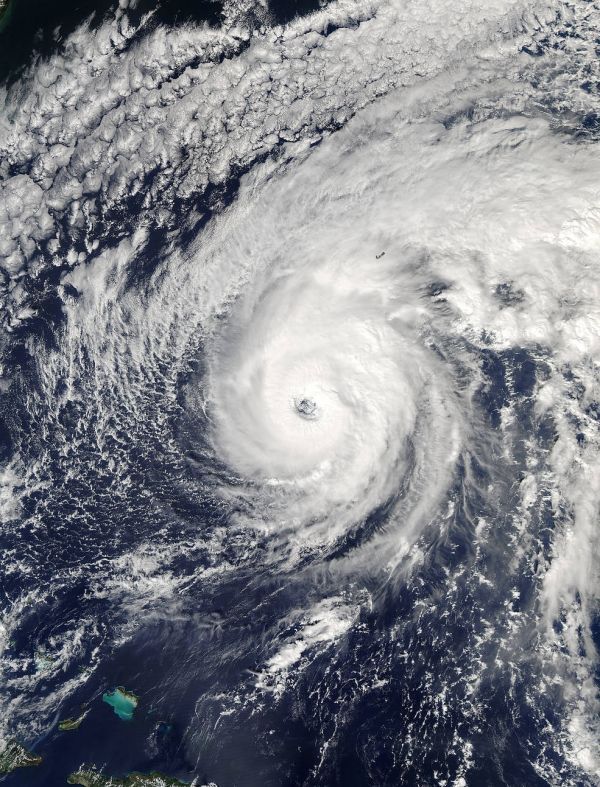In early October 2016, a tropical storm named Nicole formed in the middle of the Atlantic Ocean. It roamed for six days, reaching Category 4 hurricane status with powerful 140 mile-per hour-winds, before hitting the tiny island of Bermuda as a Category 3.
Hurricanes like Nicole can cause significant damage to human structures on land, and often permanently alter terrestrial landscapes. But these powerful storms also affect the ocean.
Scientists have a good understanding of how hurricanes impact the surface layer of the ocean, the sunlit zone, where photosynthesis can occur. Hurricanes’ strong winds churn colder water up from below, bringing nutrients such as nitrogen and phosphorus to the surface and stimulating short-lived algae blooms. However, until recently, we didn’t know much about how hurricanes impact the deep ocean.
A new study of Hurricane Nicole by researchers at the Marine Biological Laboratory (MBL), Woods Hole, and the Bermuda Institute of Ocean Sciences (BIOS) has provided novel insight on those impacts. Nicole had a significant effect on the ocean’s carbon cycle and deep sea ecosystems, the team reports.
Read more at Marine Biological Laboratory
Image: Hurricane Nicole bears down on Bermuda on Oct. 12, 2016. Credit: NASA Goddard MODIS Rapid Response Team


